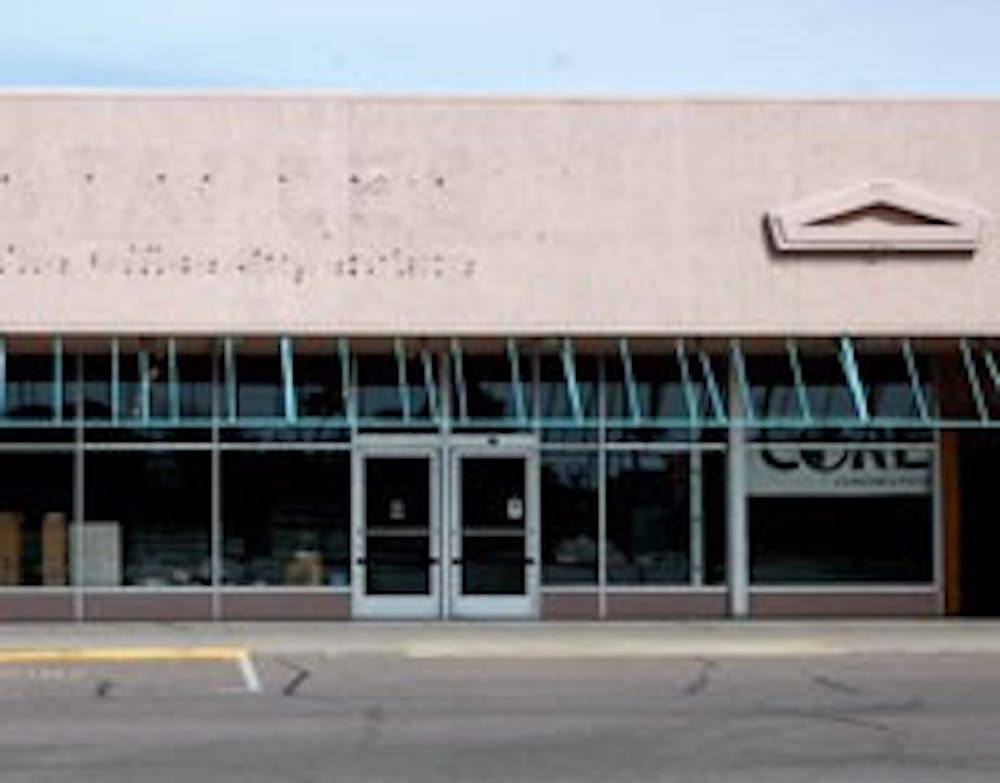Condominiums, offices or other developments will likely pop up on acres of University-owned land on the edges of campus, according to officials from ASU and the city of Tempe.
Much of the land, including a plot near the Fulton Center and two others bordering Tempe Town Lake, will be developed into non-academic uses such as market-rate condos, offices or stores that would serve as an income source for the University, officials said.
Another plot is envisioned as a blend of commercial and academic uses.
"We have a lot of pieces in play that are ASU-owned and Board of Regents-managed that really need thoughtful attention to detail," said Eric Hansen, a city of Tempe planner. "ASU owns some of the largest pieces left in our downtown and some of the most important."
University officials are negotiating with a company to develop 26 acres along the south shore of Tempe Town Lake, on a piece of what is now Lot 59 east of Rural Road, said Steve Nielsen, ASU's assistant vice president of university real estate development.
Under that deal, ASU will likely sell the developer 11 acres and lease another 15, Nielsen said.
The contract should be ready for the Arizona Board of Regents approval by the board's June meeting, Nielsen said.
The Arizona Board of Regents is the governing body that sets tuition and fees, and approves contracts for the three in-state universities.
The developer will determine specific land uses based on market conditions, but the land isn't needed for academic purposes, Nielsen added.
"We now know what is surplus property and what we need to hold for long-term growth of the campus," he said.
This week, ASU officials will evaluate development proposals from another lakefront property located east of Rural Road. Like the other lakefront development, the specific uses will be nonacademic, determined by the market and designed to generate income for ASU, Nielsen said.
After a prior attempt to sell the 9 1/2 acres didn't yield any bids, ASU decided to "offer the property for its highest and best use and allow the private sector to tell us what that is," Nielsen said.
Another plot, called Block 12 and located west of College Avenue on the north side of Seventh Street, is planned for similar residential and commercial uses in a public-private partnership, Nielsen said.
Tempe officials view the project as critical because of its location amid several other downtown hotel, office and condominium developments, Hansen said.
It sits in the middle of a key pedestrian link between Mill and College avenues and city officials are working with University planners to ensure the pedestrian link is maintained, he added.
"College Avenue is sort of becoming another Mill Avenue," Hansen said. "We're trying to re-establish that [pedestrian] grid where we've destroyed it because we know it's death for pedestrians."
University officials are finalizing the acquisition of three small land parcels to allow development of the entire square block, Nielsen said.
Tempe officials are eager for ASU to develop the Tempe Center property, an aging former strip mall on the southeast corner of Mill Avenue and University Drive, Hansen said.
"Literally, that's the intersection between neighborhood, downtown and campus," Hansen said. "It has to happen right there. It's in our face."
ASU's growth plans call for the property to form a mix of academic and commercial uses. But plans to develop it in that fashion have hit roadblocks, Nielsen said.
"We were having difficulty coming up with a project that made economic sense," he said. "It's a difficult scenario because we do need that property for academic growth."
Planned academic uses include new facilities for the colleges of business, fine arts and architecture.
ASU officials are now re-evaluating the basic premise for the property as they try to find a project that will work for the area, Nielsen said.
"We just haven't found the right mix or the right developer to make it happen," he said. "We just need to be real smart about how we use these state assets."
Reach the reporter at: jonathan.cooper@asu.edu.




